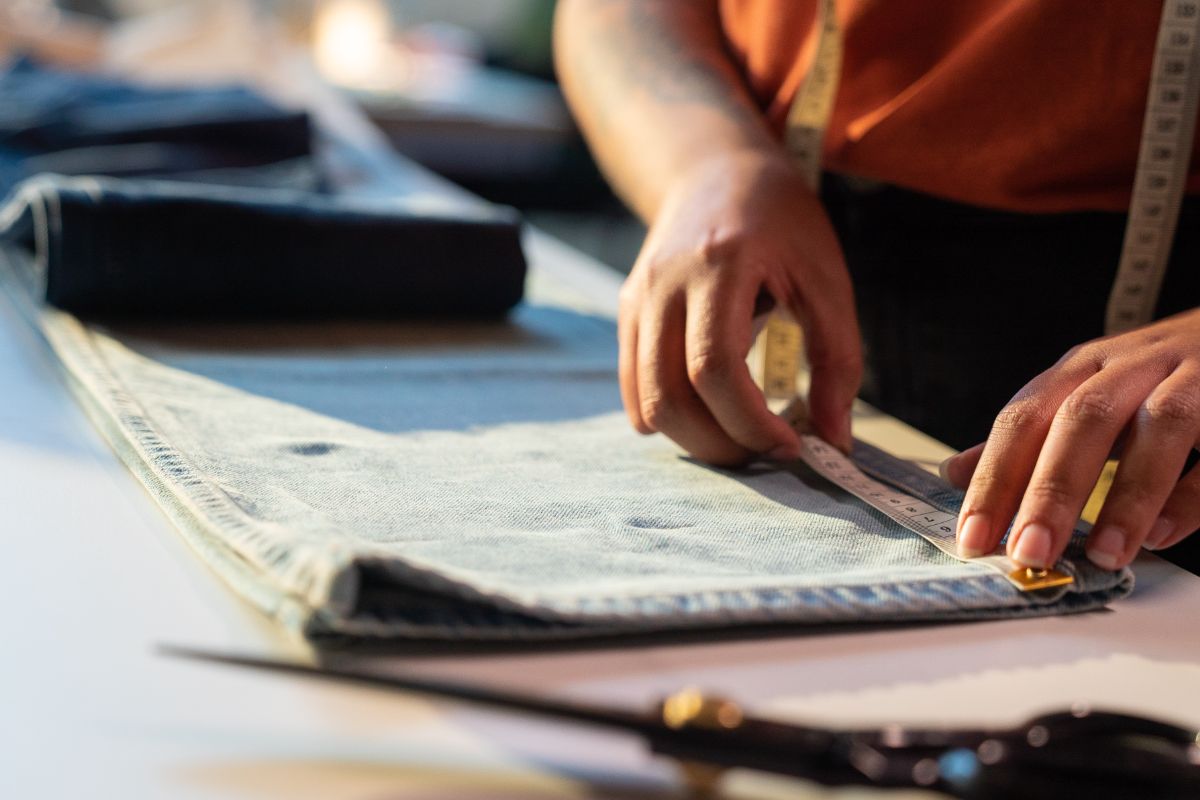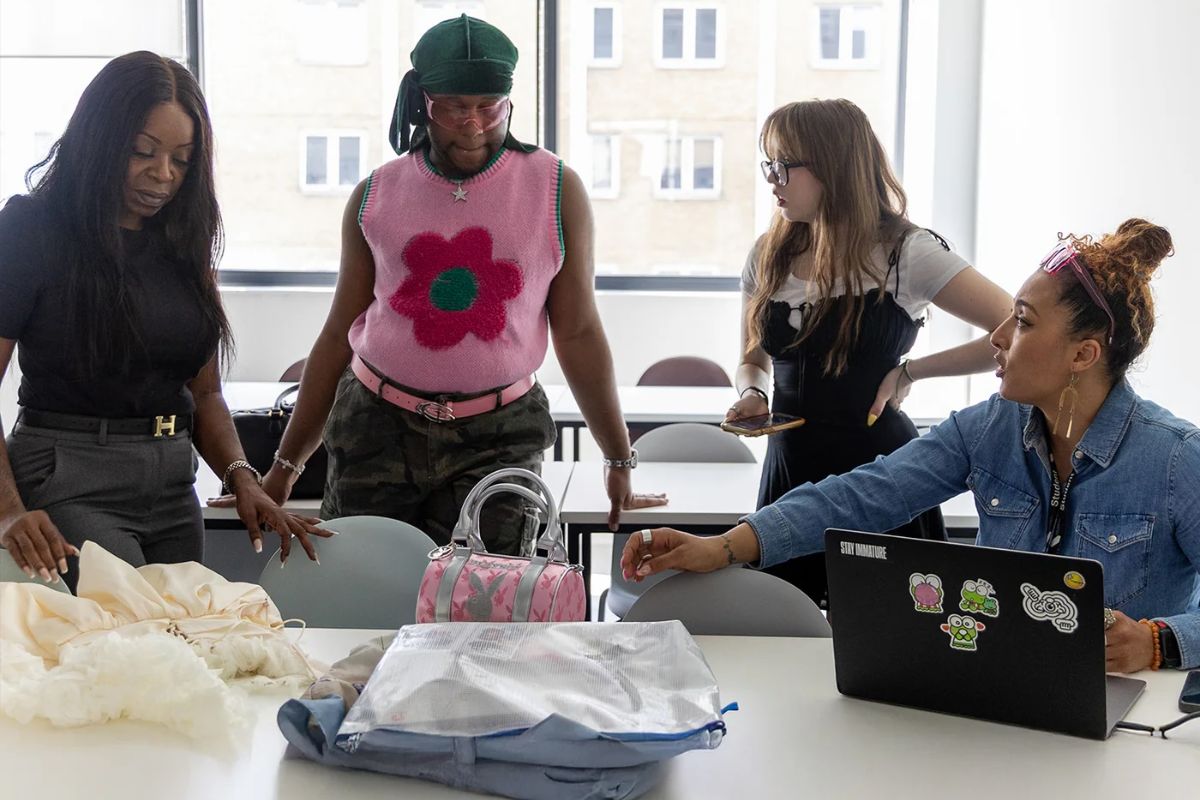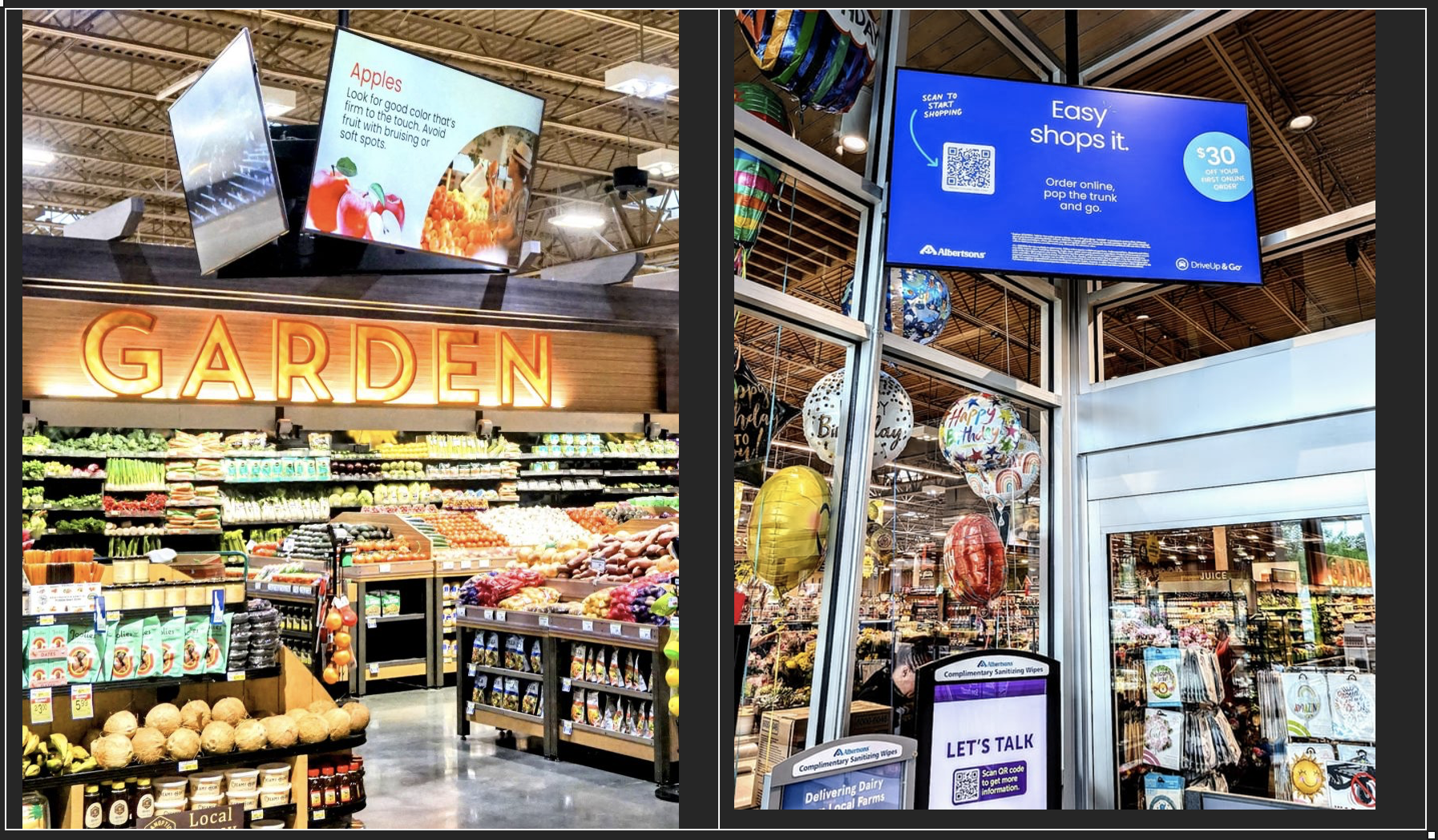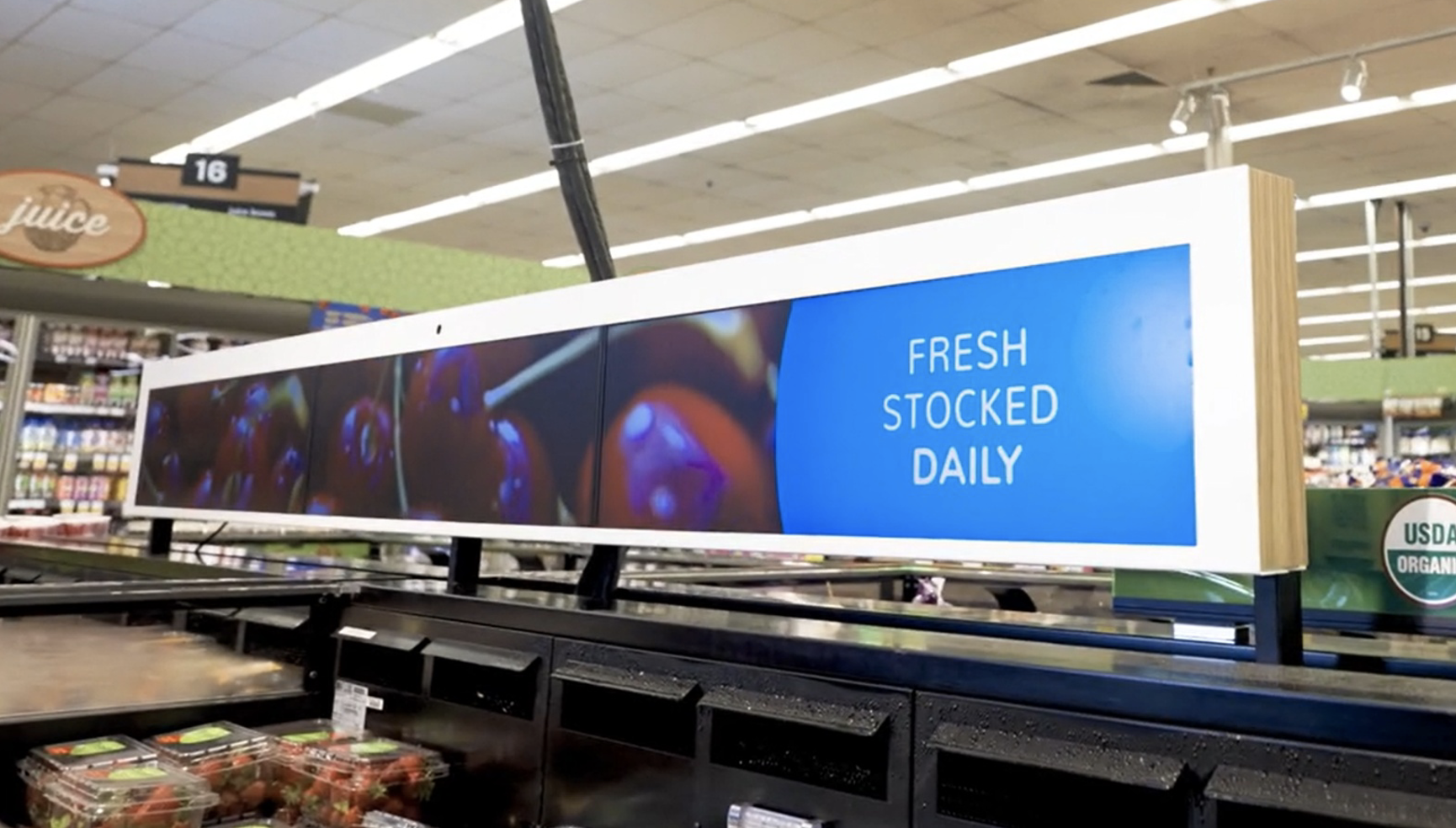Next says shoppers have reversed their shopping habits post-pandemic, spending more in its stores and stepping back from online shopping. But the retail brand says the longer-term trend remains towards higher levels of online sales.
At the same time, says the fashion and homewares retailer in a first-half trading update today, shoppers have returned to buying the products they used to favour before the pandemic. Formalwear is now more popular than during lockdown – but homewares and sportswear less so. However, Next believes these changes represent “a short-term reversal of pandemic trends and are unlikely to be indicative of longer-term trends in consumer behaviour”.
A year earlier, its shops were closed for much of the first quarter and Next believes that when they reopened customers were initially wary of shop visits – with the effect of inflating online shopping. Sales grew ahead of expectations in the six months to July 30, with full-price sales 5% higher than the previous year. That’s £50m, or 4.7%, ahead of previous guidance. First quarter online sales were 11.1% lower than a year earlier, while second quarter online sales were 0.2% ahead. In-store retail sales were 284.5% higher than last year in the first quarter, and 12% ahead in the second quarter.
Returns rates have returned to pre-pandemic levels of 42% at the same time – following “two years of exceptionally low returns rates during the pandemic”. This was, it suggests, because homewares, childrenswear and sportswear all have generally lower levels of returns than other items. Stock going into the sale was 30% higher than last year, and 25% ahead of three years earlier. But clearance rates have been below expectations – perhaps, says Next, because hot weather on the first two days of the sale discouraged shoppers from going into store to buy – and also discouraged sales of heavier weight items.
However, Next continues to expect second-half full-price sales to grow by 1% on last year and in its full-year expects pre-tax profits to rise by £10m, or 4.5%, to £860m – within a range from £820m to £890m.
Longer-term shift online
On a three-year comparison, says Next, the change is more marked. Online sales were 47.0% ahead of pre-pandemic 2019/20 financial year in the first quarter, and 44.4% ahead in the second. In-store sales were 8.2% lower in the first quarter, over the same comparison period, and 4.7% higher in the second quarter. Store sales, it says, have been “much better” than expected.
Next adds: “We suspect that the apparent improvement in the fortunes of our stores is, to some extent, down to the number of competing stores that have closed in the last three years. This is supported by ONS industry statistics for February to June which suggest that the total money spent on clothing in all UK retail stores is down -6% compared to three years ago.
Commenting, Richard Lim, chief executive of Retail Economics says:“These are solid results against a backdrop of fiercely challenging trading conditions. The business quickly reacted to shifts in consumer trends, many of which have reverted closer to pre-pandemic norms as many of us returned to the office and enjoyed a summer of social events, and leveraged its truly omnichannel presence and expansive proposition.
“However, the tone is one of opportunistic fortune and caution for the future. As the summer draws to a close, the cost of living crisis will clamp down hardest for households across the country. Consumers will look to delay, trade down and cancel some purchases altogether as the rising cost of essentials erodes any spare cash they have left at the end of the month. Apparel will be one of the areas many consumers will look to reduce their spending, making do with their current wardrobes, cutting back on some areas or trading down to cheaper brands and own label.”
Emily Salter, senior apparel analyst at GlobalData, adds: “Unlike many online pureplays that are struggling with unusually elevated returns rates, such as ASOS and boohoo.com, Next’s was only 1ppt higher than H1 FY2019/20, as a result of the important role of its stores and the fact that it has always charged for returns, shaping the behaviour of its online shoppers.
“Despite all this, long-term trends will persist, with sportswear and casualwear set to prevail again, and online will continue to outperform stores.”









